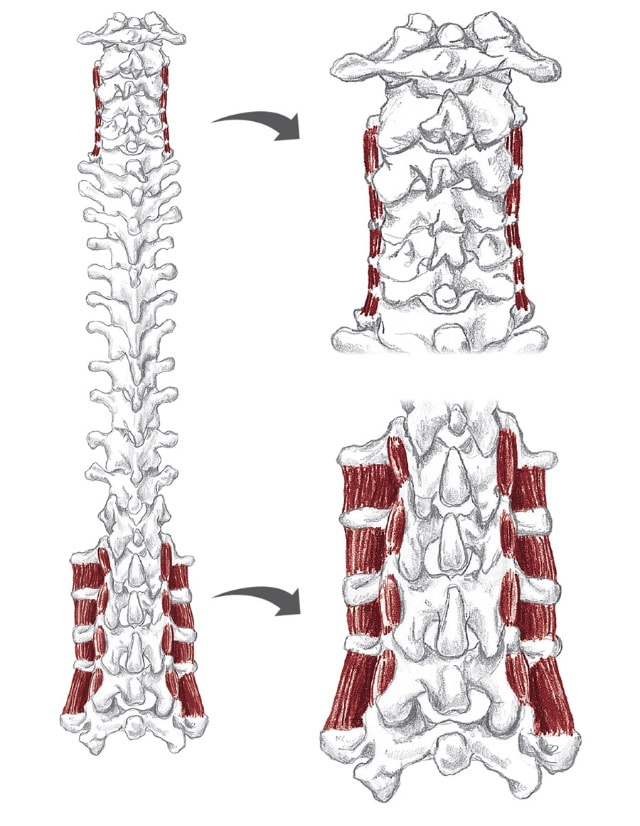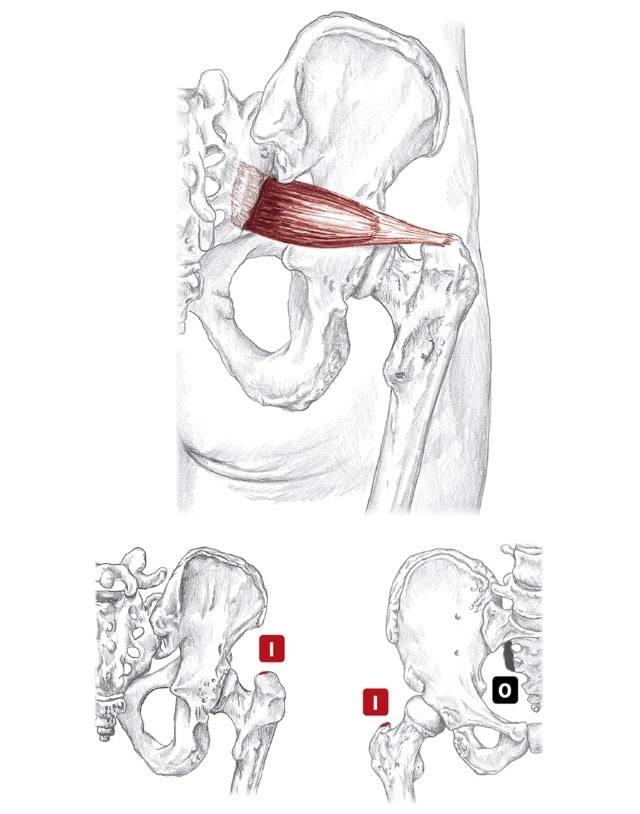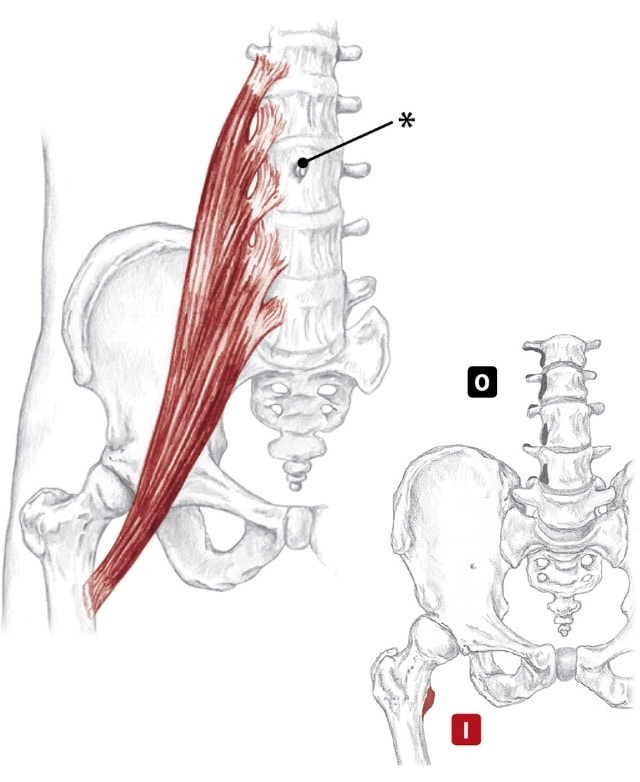|
In an update to its 2007 scientific statement, the American Heart Association (AHA) emphasizes the significant and multifaceted benefits of resistance training (RT) on cardiovascular health. Contrary to the misconception that RT solely enhances muscle mass and strength, the statement highlights the favorable physiological and clinical effects of this form of exercise on cardiovascular disease (CVD) and associated risk factors. The scientific statement aims to provide comprehensive insights into the impact of RT, either alone or in combination with aerobic training, on traditional and nontraditional CVD risk factors. More is not always betterEpidemiological evidence suggests that RT is associated with a lower risk of all-cause mortality and CVD morbidity and mortality. Adults who participate in RT have ≈15% lower risk of all-cause mortality and 17% lower risk of CVD, compared with adults who report no RT. Approximately 30 to 60 minutes per week of RT is associated with the maximum risk reduction for all-cause mortality and incident CVD. Notice this "U" shape in the curve when examining the relationship between RT and morbidity and mortality. This curve suggests that some RT is clearly beneficial, but has the volume of RT increases past a certain point the benefits drop and it becomes harmful. The concept of a "biphasic response" is fundamental to understanding hormesis. It describes the characteristic dose-response relationship observed in hormetic processes, where a substance or stressor elicits opposite effects at low and high doses. The response can be visualized as a U-shaped or J-shaped curve, illustrating the beneficial effects at low doses and potential harm at higher doses. Benefits of RT on Traditional CVD Risk FactorsThe AHA's scientific statement underscores the positive influence of RT on traditional CVD risk factors, including blood pressure (BP), glycemia, lipid profiles, and body composition. Numerous studies indicate that engaging in RT is associated with reduced resting BP, improved glycemic control, and favorable alterations in lipid profiles, contributing to a lower risk of all-cause mortality and CVD morbidity. Despite recommendations suggesting 2 days per week of RT, only 28% of U.S. adults adhere to this guideline, highlighting the need for increased awareness and promotion. RT and resting blood pressureRT has demonstrated the ability to reduce resting BP across diverse populations, with notable benefits observed in individuals with prehypertension and hypertension. The mechanisms behind these benefits include enhancements in endothelial function, vasodilatory capacity, and vascular conductance. The reductions in BP achieved through RT are comparable to those achieved with antihypertensive medications. RT and GlycemiaRT shows promise in improving glycemia and insulin resistance, leading to a lower incidence of diabetes. The evidence suggests a nonlinear dose-response association, with up to 60 minutes per week of RT associated with the maximum risk reduction for diabetes. RT and Lipid ProfilesWhile the effect on lipid profiles is modest, RT results in favorable changes in high-density lipoprotein cholesterol, total cholesterol, and triglycerides. These improvements are more pronounced in older adults and those with elevated cardiometabolic risk. Rt, Body composition, and weightRT positively influences body composition by increasing lean body mass and reducing body fat percentage. It is particularly effective in overweight or obese individuals, contributing to increased metabolic rate and mitigating weight gain over time. Benefits of RT on Nontraditional CVD Risk FactorsIn addition to traditional risk factors, the scientific statement highlights the potential mechanisms by which RT positively affects nontraditional CVD risk factors. These include increased cardiorespiratory fitness, improved endothelial function, and potential benefits for sleep quality, psychological health, and well-being. The AHA's updated scientific statement reinforces the pivotal role of resistance training in cardiovascular health, providing a comprehensive overview of its impact on both traditional and nontraditional risk factors. As the evidence supporting RT's benefits continues to grow, the statement serves as a valuable resource for clinicians and public health professionals, offering practical strategies for promoting and prescribing resistance training to enhance cardiovascular health in diverse populations. ReferencesPaluch, Amanda E, et al. “Resistance Exercise Training in Individuals with and without Cardiovascular Disease: 2023 Update: A Scientific Statement from the American Heart Association.” Circulation, 7 Dec. 2023, https://doi.org/10.1161/cir.0000000000001189. Accessed 11 Dec. 2023.
Momma H, Kawakami R, Honda T, Sawada SS. Muscle-strengthening activities are associated with lower risk and mortality in major non-communicable diseases: a systematic review and meta-analysis of cohort studies. Br J Sports Med. 2022 Jul;56(13):755-763. doi: 10.1136/bjsports-2021-105061. Epub 2022 Feb 28. PMID: 35228201; PMCID: PMC9209691.
3 Comments
mul-tif-i-di Action Unilaterally:
Bilaterally:
Origin
Insertion
Nerve
Location: Deep to erectors, lateral to spine BLMs: Spinous and transverse processes Action: "Extend and/or rotate your spine" lon-jis-i-mus Action Unilaterally:
Bilaterally:
Origin
Insertion
Nerve
Location: Lateral to spinalis fibers BLMs: Spinous processes of all vertebrae Action: "Extend your spine" Developed by world-renowned musculoskeletal expert Dr. Andreo Spina, Functional Range Conditioning (FRC) is a comprehensive joint training system based in scientific principals and research.
There are 3 main goals when training using FRC system and all are closely interrelated, and acquired simultaneously:
in-ter-trans-verse-er-i Action
Unilaterally:
Bilaterally:
Origin Cervical:
Lumbar:
Insertion Cervical:
Lumbar:
Nerve
in-ter-spi-na-lis Action
Origin Cervical:
Lumbar:
Insertion Cervical:
Lumbar:
Nerve
o-bleek Action
Unilaterally:
Bilaterally:
Origin
Insertion
Nerve
kos-tal Action
Origin
Insertion
Nerve
Location: Spaces between the ribs BLMs: Body of the ribs Action: "Exhale" il-ee-o-kos-ta-lis Action Unilaterally:
Bilaterally:
Origin
Insertion
Nerve
Location: Lateral to longissimus fibers BLMs: Spinous processes of all vertebrae Action: "Extend your spine" or "raise your feet slightly" o-bleek Action Unilaterally:
Bilaterally:
Origin
Insertion
Nerve
Location: Lateral surface of abdomen BLMs: Iliac crest, bottom edge of ribs Action: "Rotate your trunk to the opposite side" kos-tal Action
Origin
Insertion
Nerve
Location: Spaces between the ribs BLMs: Body of the ribs Action: "Inhale" (Spinalis, Longissimus, Iliocostalis) Action Unilaterally:
Bilaterally:
Origin
Insertion
Nerve
Location: Alongside the spine BLMs: Spinous processes of all vertebrae Action: "Extend your spine" or "raise your feet slightly" kwod-rait-us fe-mo-ris Action
Origin
Insertion
Nerve
Location: Deep to gluteus maximus BLMs: Greater trochanter, ischial tuberosity Action: "Laterally rotate your hip" pir-i-form-is Action
Origin
Insertion
Nerve
Location: Deep in gluteus maximus BLMs: Sacrum, greater trochanter Action: "Laterally rotate your hip" pek-tin-e-us Action
Origin
Insertion
Nerve
Adductor group Location: Superficial and deep, medial thigh BLMs: Pubic tubercle, rami and ischial tuberosity Action: "Squeeze your thighs together" ob-tu-ra-tor in-tur-nus Action
Origin
Insertion
Nerve
ob-tu-ra-tor ex-tur-nus Action
Origin
Insertion
Nerve
i-lee-a-cus Action With the origin fixed:
Origin
Insertion
Nerve
Location: Deep in abdomen BLMs: Iliac fossa and crest Action: "Bring your knee toward your chest" or "flex your hip" gra-cil-is Action
Origin
Insertion
Nerve
Adductor group Location: Superficial and deep, medial thigh BLMs: Pubic tubercle, rami and ischial tuberosity Action: "Squeeze your thighs together" sar-tor-ee-us Action
Origin
Insertion
Nerve
Location: Superficial, slender BLMs: ASIS, pes anserinus region Action: "Bring your knee toward the ceiling" or "flex your hip" jem-el-us Action
Origin
Insertion
Nerve
jem-el-us Action
Origin
Insertion
Nerve
so-as Action
Origin
Insertion
Nerve
so-as Action With the origin fixed:
Insertion
Nerve
Location: Deep in abdomen, lateral to navel BLMs: Bodies of lumbar vertebrae Action: "Bring your knee toward your chest" or "flex your hip" bi-seps fe-mor-is Action
Origin Long head:
Insertion
Nerve Long head:
Hamstrings as a group Location: Superficial, posterior thigh BLMs: Ischial tuberosity, tendons of posterior knee Action: "Bend your knee" or "extend your hip" |
The Awareness domain contains research, news, information, observations, and ideas at the level of self in an effort to intellectualize health concepts.
The Lifestyle domain builds off intellectual concepts and offers practical applications.
Taking care of yourself is at the core of the other domains because the others depend on your health and wellness.
Archives
May 2024
Categories
All
|






























 RSS Feed
RSS Feed

